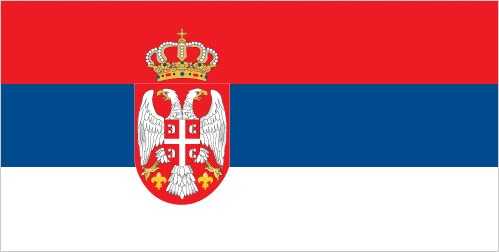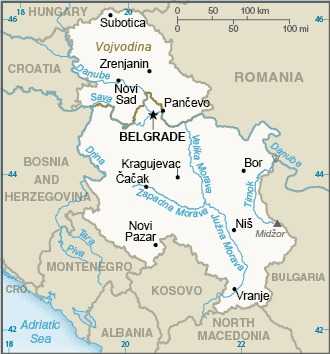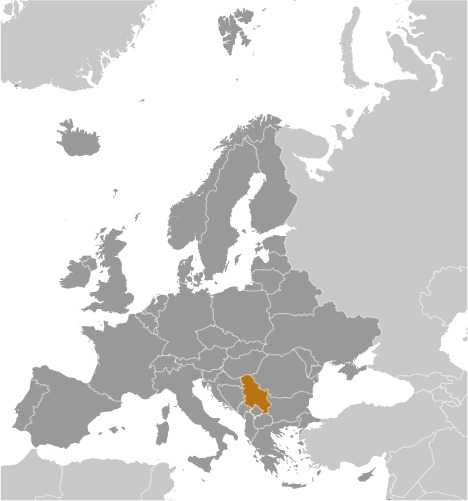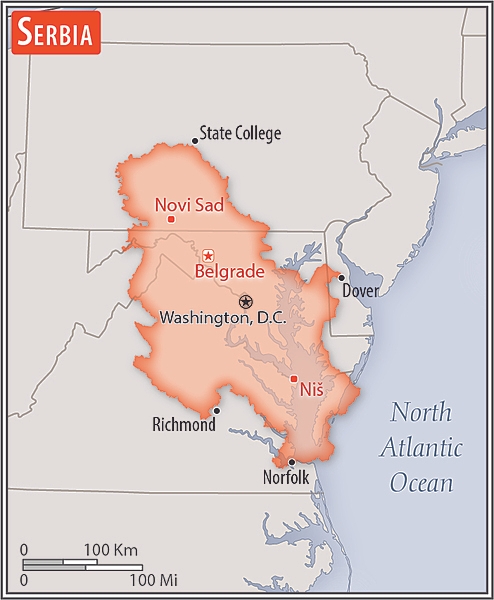Introduction
Visit the Definitions and Notes page to view a description of each topic.
Geography
People and Society
Population
comparison rankings: total 109; male 109; female 108
Languages
Median age
comparison ranking: total 33
Population growth rate
comparison ranking: 225
Birth rate
comparison ranking: 202
Death rate
comparison ranking: 3
Net migration rate
comparison ranking: 82
Maternal mortality ratio
comparison ranking: 148
Infant mortality rate
comparison ranking: total 181
Life expectancy at birth
comparison ranking: total population 128
Total fertility rate
comparison ranking: 205
Obesity - adult prevalence rate
comparison ranking: 88
Alcohol consumption per capita
comparison ranking: total 55
Tobacco use
comparison ranking: total 8
Children under the age of 5 years underweight
comparison ranking: 108
Education expenditure
comparison ranking: Education expenditure (% GDP) 139
Environment
Carbon dioxide emissions
comparison ranking: total emissions 60
Government
Economy
Real GDP (purchasing power parity)
comparison ranking: 78
Real GDP growth rate
comparison ranking: 79
Real GDP per capita
comparison ranking: 87
Inflation rate (consumer prices)
comparison ranking: 141
GDP - composition, by sector of origin
comparison rankings: agriculture 129; industry 105; services 97
Industrial production growth rate
comparison ranking: 82
Labor force
comparison ranking: 103
Unemployment rate
comparison ranking: 128
Youth unemployment rate (ages 15-24)
comparison ranking: total 44
Gini Index coefficient - distribution of family income
comparison ranking: 100
Taxes and other revenues
comparison ranking: 22
Current account balance
comparison ranking: 147
Reserves of foreign exchange and gold
comparison ranking: 56
Debt - external
comparison ranking: 32
Energy
Electricity
comparison rankings: installed generating capacity 72; consumption 64; exports 31; imports 43; transmission/distribution losses 161
Energy consumption per capita
comparison ranking: 57
Communications
Telephones - fixed lines
comparison ranking: total subscriptions 45
Telephones - mobile cellular
comparison ranking: total subscriptions 99
Broadband - fixed subscriptions
comparison ranking: total 60





